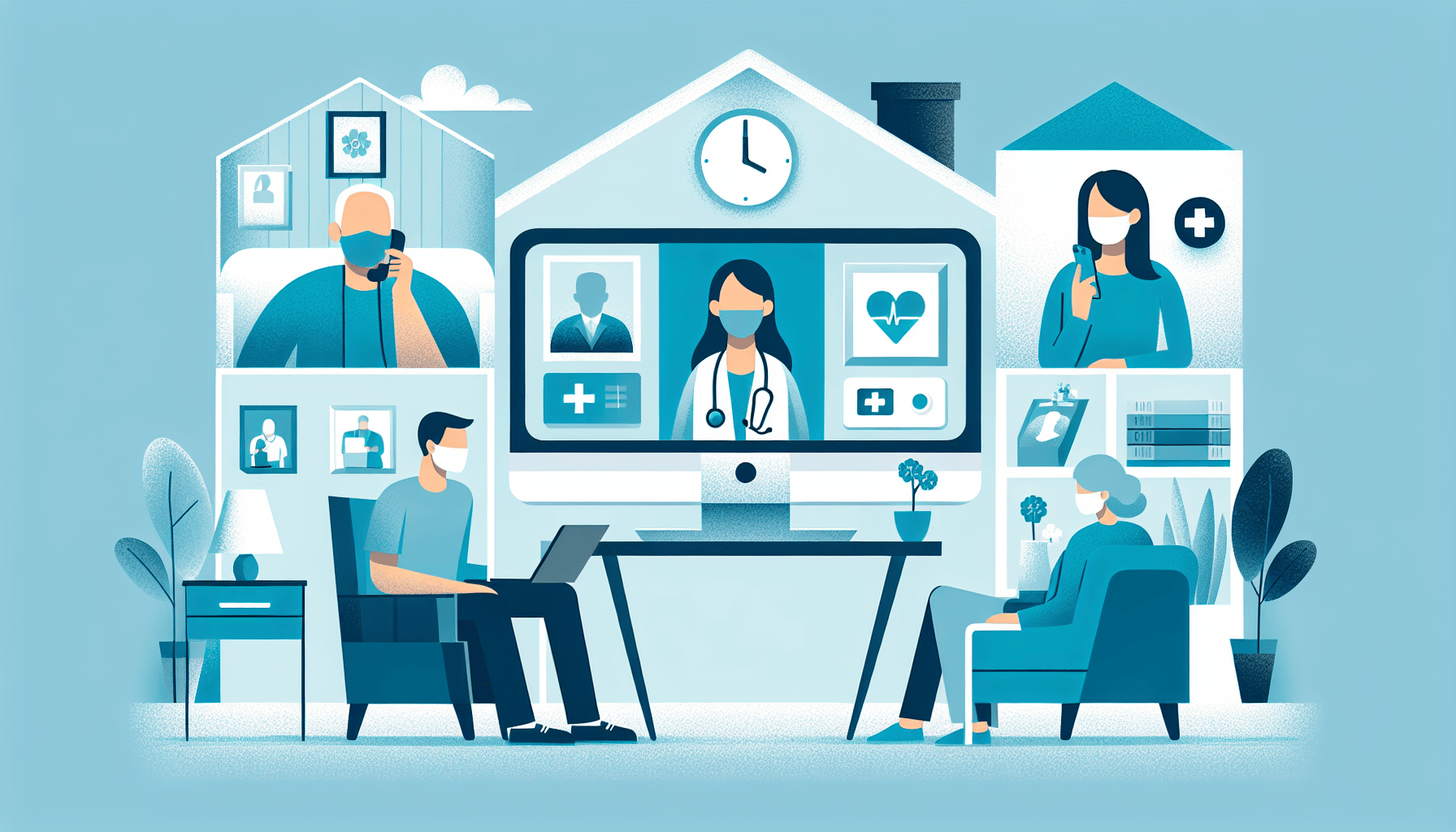Can I Take Zepbound a Day Early?
Key TakeawaysZepbound is a once-weekly injectable medication for weight management and obstructive sleep apnea (OSA) linked to obesity.Taking Zepbound a day early is [...]
Read More
Medically reviewed by Abhijit Bhattacharyya | MD, PhD, MBA, Tufts University School of Medicine - Miami, Florida on July 6th, 2024.
In recent years, telemedicine has emerged as a convenient alternative to traditional in-person doctor visits. With virtual doctor visits, you can chat with your healthcare provider through a video call, eliminating the need to leave your home. While this technology was available before, it gained significant popularity during the pandemic, transforming from a novelty to a necessity.
The COVID-19 pandemic has dramatically accelerated the adoption of telemedicine. Dr. Joseph Kvedar, a dermatologist with Harvard-affiliated Massachusetts General Hospital and president of the American Telemedicine Association, shares some remarkable statistics:
In February 2020, Massachusetts General Hospital and Brigham and Women's Hospital conducted 1,600 virtual encounters across their system.
In March 2020, the number of virtual encounters skyrocketed to 89,000.
By April 2020, they recorded an astonishing 242,000 virtual encounters.
This exponential growth highlights the rapid shift towards remote healthcare solutions during the pandemic.

Virtual doctor visits offer several advantages over traditional in-person consultations:
Convenience: You can consult with your doctor from the comfort of your own home, saving time and effort.
Reduced exposure: Telemedicine minimizes the risk of exposure to infectious diseases, especially during a pandemic.
Increased accessibility: Patients in remote areas or with mobility issues can access healthcare services more easily.
Time-saving: Virtual visits eliminate the need for travel and waiting room times.
To ensure a smooth and effective virtual doctor visit, follow these tips:
Test your technology beforehand to ensure a stable internet connection and functioning camera and microphone.
Find a quiet, private space for your appointment to maintain confidentiality.
Prepare a list of your symptoms, medications, and any questions you have for your doctor.
Have your medical history and insurance information readily available.
Telemedicine has become an integral part of modern healthcare, offering a convenient and safe way to consult with your doctor. As technology continues to advance, virtual doctor visits are likely to become an increasingly common option for patients seeking accessible and efficient healthcare services.
For more information on telemedicine, visit:
Key TakeawaysZepbound is a once-weekly injectable medication for weight management and obstructive sleep apnea (OSA) linked to obesity.Taking Zepbound a day early is [...]
Read MoreKey TakeawaysZepbound is an FDA-approved medication for chronic weight management in adults with obesity or overweight, and for moderate to severe obstructive sleep apnea [...]
Read MoreKey TakeawaysZepbound is a once-weekly injectable medication that supports weight loss by activating hormone pathways regulating appetite and digestion.After the first dose, [...]
Read More